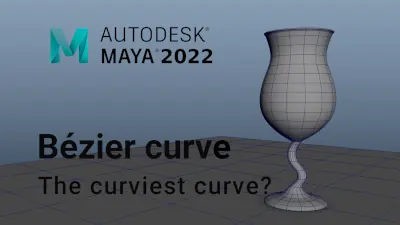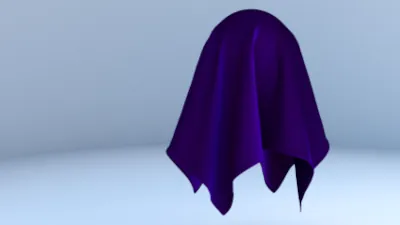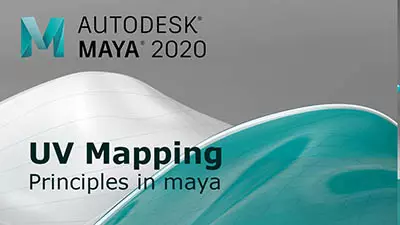Maya 2020 fundamentals - modelling the real world
Get halfway through a model and find it's an unworkable mess? Can't add edge loops where you need them? Can't subdivide a mesh properly? If any of this sounds familiar check this course out.
#
1
08-07-2003
, 09:01 AM
Subscriber
Join Date: Jan 2003
Join Date: Jan 2003
Posts: 53
cloth question
I didn't see a section on cloth so I hope its proper to post my question here.
How do I go about conforming a dress to a body? I have a dress object and a lady body object. The dress is a little bit big so I need to somehow shrink it to fir the body.
Thanks,
TC
#
2
08-07-2003
, 10:47 AM
#
3
08-07-2003
, 11:08 AM
Guest
Posts: n/a

nice work ducky
#
4
08-07-2003
, 12:59 PM
thanks kev, but all i actually do is trying to learn. and so that others dont need to do my own begginers mistakes i push them a bit forward.Originally posted by Kevin
damn the duckling is on his way to MOTM for sure
nice work ducky

#
5
08-07-2003
, 06:31 PM
Subscriber
Join Date: Jan 2003
Join Date: Jan 2003
Posts: 53
I actually did the tutorials and understood the steps. I'm wondering if its possible to use an existing object to wrap around another one?
Thanks,
TC
#
6
09-07-2003
, 12:32 AM
well yes. it is possible to create a cloth object out of an existing polygon. you could duplicate some faces out of your poly model - make them bigger and go to cloth->create cloth object. here is a quick example. created a simple torso, duplicated a few faces and whild duplicating i made them have some distance. then i turned the torso into a collision object and the new faces into a cloth object.then run simulation and render. actually it is not so bad to convert a poly object into cloth - thought it is more complicatedOriginally posted by Trimeister
Hi BabyDuck,
I actually did the tutorials and understood the steps. I'm wondering if its possible to use an existing object to wrap around another one?
Thanks,
TC

Posting Rules Forum Rules
Similar Threads
Maya Cloth while animating question
by marlonjohn in forum Maya Basics & Newbie Lounge replies 4 on 11-01-2007
CLOTH QUESTION?
by mr pix. in forum Maya Basics & Newbie Lounge replies 0 on 17-10-2006
CLOTH QUESTION
by mr pix. in forum Maya Basics & Newbie Lounge replies 1 on 02-10-2006
maya cloth tutorial - important please read
by Razor Blade in forum SimplyMaya Tutorials replies 2 on 28-04-2005
free cloth tutorial question
by imeepmeep in forum SimplyMaya Tutorials replies 6 on 11-08-2003
Topics
Free Courses
Full Courses
VFX News
How computer animation was used 30 years ago to make a Roger Rabbit short
On 2022-07-18 14:30:13
Sneak peek at Houdini 19.5
On 2022-07-18 14:17:59
VFX Breakdown The Man Who Fell To Earth
On 2022-07-15 13:14:36
Resident Evil - Teaser Trailer
On 2022-05-13 13:52:25
New cloud modeling nodes for Bifrost
On 2022-05-02 20:24:13
MPC Showreel 2022
On 2022-04-13 16:02:13








